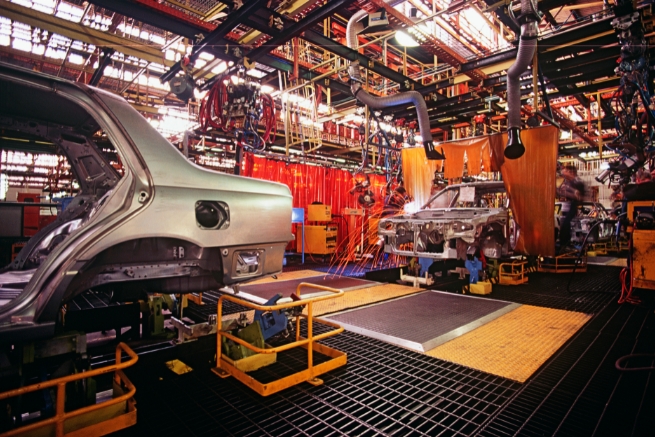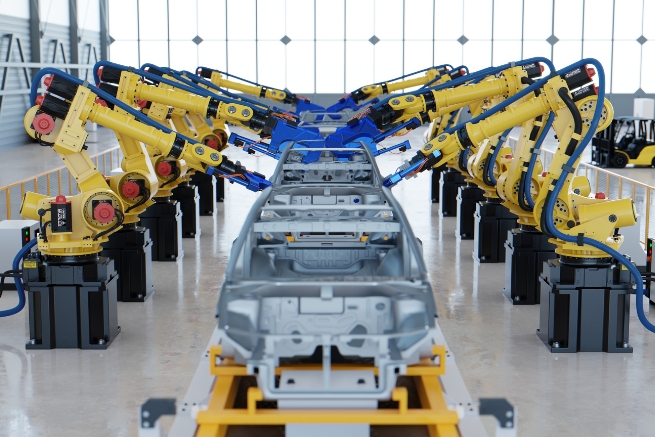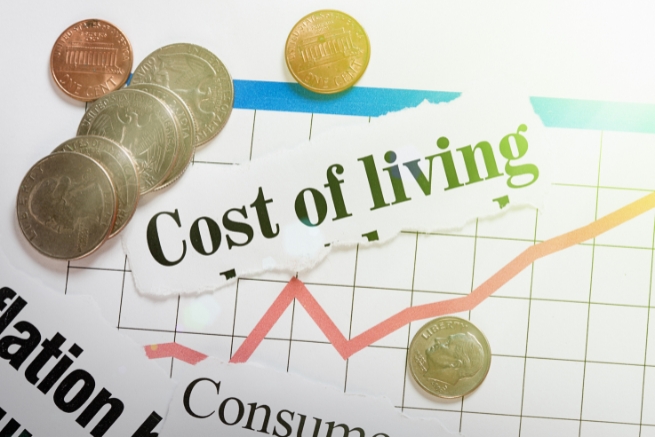End-of-line excess: causes, trends and solutions
In this article, we examine the causes and the impact of End-of-line stock on Original Equipment Manufacturers (OEMs).
- Find out what End-of-line means and what causes it
- Discover the patterns and trends in End-of-line excess components.
- See what impact the cost-of-living crisis is having on OEMs
- Understand the factors OEM purchasing managers must consider with End-of-line inventory and how CCL can help.
What does End-of-line mean?

End-of-line refers to when a company halts a production line. They often stop creating a specific product to make way for new models or products. This can result in excess components.
At CCL, we support printed circuit board assembly (PCBA), Original Equipment Manufacturers (OEMs) and Electronics manufacturing services (EMS) to sell their End-of-line excess components.
These manufacturing sites may stop a production line for various reasons, including:
- Weaker product sales than predicted
- A customer cancels an order for the product the OEM is making
- A competitor releases an improved design. This spurs the OEM to either match or exceed their competitor’s model.
Each circuit board is built using generic components configured specifically for usage in particular products.
When those products reach End-of-line, the circuit boards usually cannot be repurposed. However, the excess individual components are valuable and useful to many other OEMs.
Note that End-of-line is different from End-of-life. End-of-line is when a technology product is no longer supported or maintained through updates or repairs.
End-of-line patterns and trends
End-of-line stock can build up at any time of year, but we tend to see some patterns among some regional markets.
There are also two stand-out sectors when it comes to having excess End-of-line components.
Regional markets
In the UK, many companies do a stock take at the end of each financial year. They review the products and components they store in their warehouses and stock rooms. They also plan and set sales and product development targets in the coming financial year.
For this reason, we tend to see more requests for support with managing excess End-of-line UK inventory around March and April.
In Italy, specific tax laws apply to annual assets, and therefore, the Italian market tends to seek End-of-line stock buyers in November and December.
Sectors: automotive & telecommunications

The two sectors most frequently have End-of-line excess components are automotive and telecommunications.
That’s because technological innovation is causing rapid product development in these industries. The rise of GPS and smart devices has seen higher demand for electronic components across various products.
Technology trends are proving to be so disruptive to the automotive industry that there is no agreement on how the industry will look in 10 to 15 years. While exciting for consumers, these rapid developments make it hard for purchasing and warehouse managers to plan and manage their inventory long-term.
The impact of the cost-of-living crisis

Financial pressure also leads to a rise in End-of-line stock. Many OEMs are experiencing this in today’s economic climate.
This drop in demand, combined with rising energy bills, has driven OEMs to review their production line and assess the value of their existing inventory.
Many consider it prudent to cut their losses, halt production and sell their End-of-line excess.
Factors to consider when it comes to End-of-line inventory

The decisions that purchasing managers must make during the End-of-line process are not always straightforward.
When OEMs stop manufacturing a product, they must judge whether it’s better to:
- Sell the excess individual components – either via Outright Buy or Consignment
- Doubling down on the original production target and keep manufacturing the end product in the hope that demand will pick back up
- Store the excess components long-term just in case they can be used in future projects.
Every option comes with a certain level of risk:
- The price of components fluctuates, so it can be challenging to decide whether to sell immediately or wait and monitor the market
- OEMs may decide to use up their components by making stock before halting the production line. However, they have to invest time and money in making the products without guaranteeing that customers will buy them
- Finally, if OEMs choose to store excess components indefinitely, they must decide if it’s worth it. The components will take up valuable storage space and will likely lose value with age.
How CCL can help with End-of-line components
CCL works with OEMs to find the best solution for their End-of-line excess components inventory. We provide expert advice and support from our dedicated purchasing team.
We can offer OEMs peace of mind with a guaranteed price for End-of-line components via Outright Buy.
Alternatively, you can choose our Consignment option for better financial returns in the long- term.
Find out more about these options and how CCL can help you.
11 Oct 2023
Last edited on: 02 January 2024
